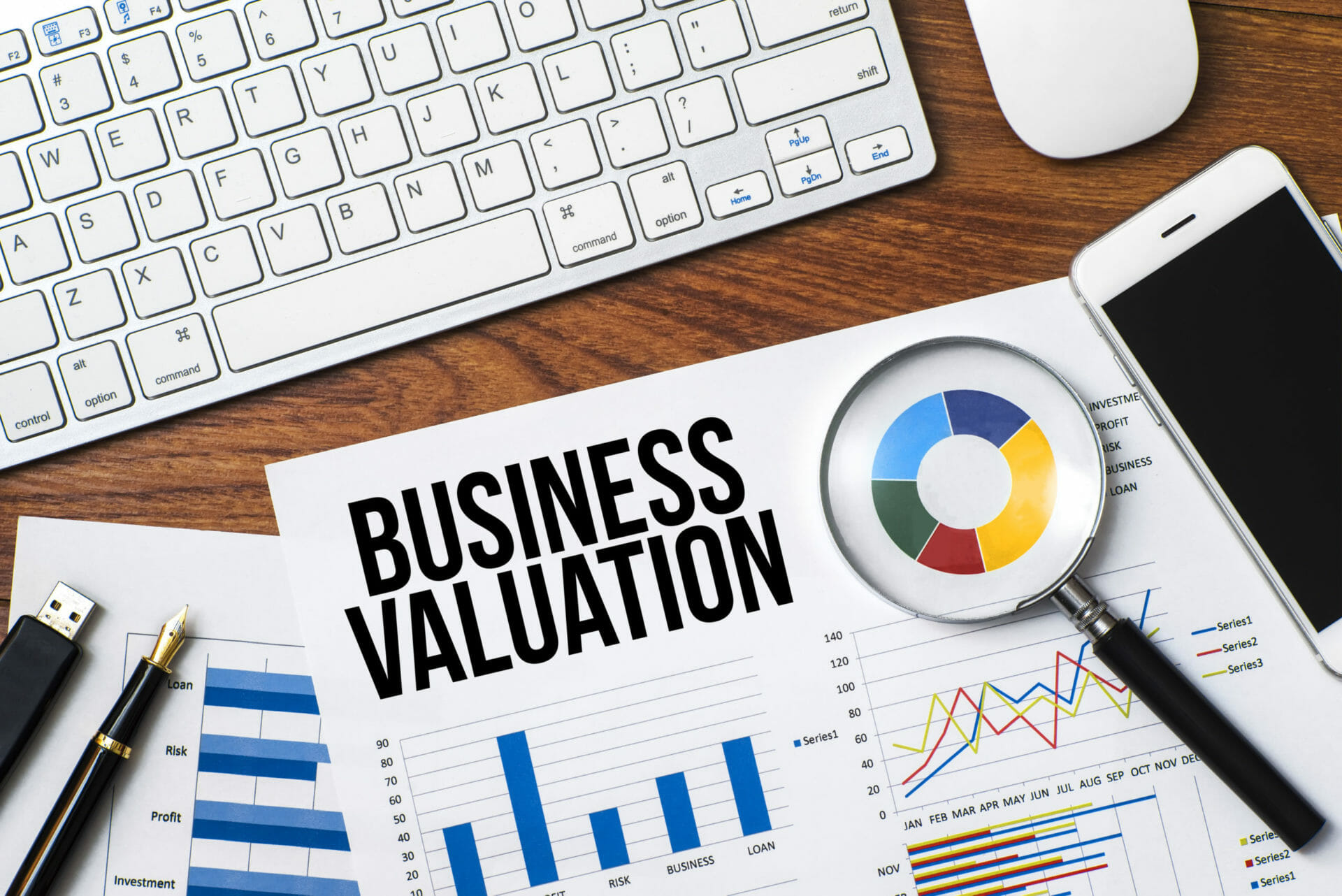In my last blog post, I discussed the two types of transactions—stock and asset—that are found in the databases appraisers use when applying the guideline transaction method in litigated business valuation and how to use these transactions to determine value. In this post, I will provide further details about what is included and excluded in value, or the purchase price.
In a stock transaction, all operating assets and liabilities typically are transferred from seller to buyer. An asset transaction, however, generally represents the transfer of only fixed and intangible assets, and usually excludes cash, accounts receivable, inventory, and all liabilities.
As there are differences in these two types of transactions, the following questions come to mind:
- How should these types of transactions be compared?
- Can a mixture of both asset and stock transactions be considered or should they be applied separately?
- Should value indications from two different transaction databases be combined?
- Can a stock transaction be converted to an asset transaction?
Why a purchase price allocation can be essential
If a purchase price allocation (PPA) is available for both types of transactions, then they can be reconciled and considered together. Moreover, if a PPA is available for two different databases, these transactions can also be reconciled and considered together. The availability of a PPA can also allow the user to convert a stock transaction to an asset transaction, but not the inverse. Each of these require a business appraiser to have considerable knowledge of how the database presents the transactional data and what was transferred in each transaction.
Purchase price contents
For example, one widely used transaction database excludes real estate, earnouts (or contingent consideration), and employment/consulting agreement amounts in the presentation of the purchase prices of their transactions. However, the same database includes the value attributable to non-compete agreements in the purchase price. This can create confusion as not all databases are consistent with this approach. An attorney or other reviewer of the valuation must understand that if a multiple from this database is applied to the results of the business being valued, the resulting value will exclude (or include) the items listed above.
What to do with Earnouts
Consideration should be given to the terms typically included in a letter of intent or a purchase agreement. What is being transferred? Are earnouts part of the purchase price? Contingent consideration is excluded from the purchase price in some transaction databases due to the significant uncertainty of whether it will be paid and when. Therefore, it is generally best to reverse contingent consideration from the purchase price if it’s included and recalculate the transaction multiple. If not, one risks overstating the value of the business through the application of a higher multiple.
Questions that attorneys should ask the business appraiser
- What was your process for selecting transactions from your initial search results?
- Do the transactions selected contain enough detail to determine what items were transferred?
- How did you reconcile the purchase price of these transactions for comparability to what was purchased?
- What items from the balance sheets of the guideline transactions are included in the purchase price?
- Did you adjust the multiples of value? Describe how and why.
- How much time did you spend collecting and analyzing data before applying this methodology to the subject business?
- What balance sheet items does the indicated value represent? What is being transferred?
FSS utilizes the transaction databases available to business appraisers for the guideline transaction method. To learn more about guideline transactions, other business valuation methods, or our litigated business valuation services, contact us for a consultation.

